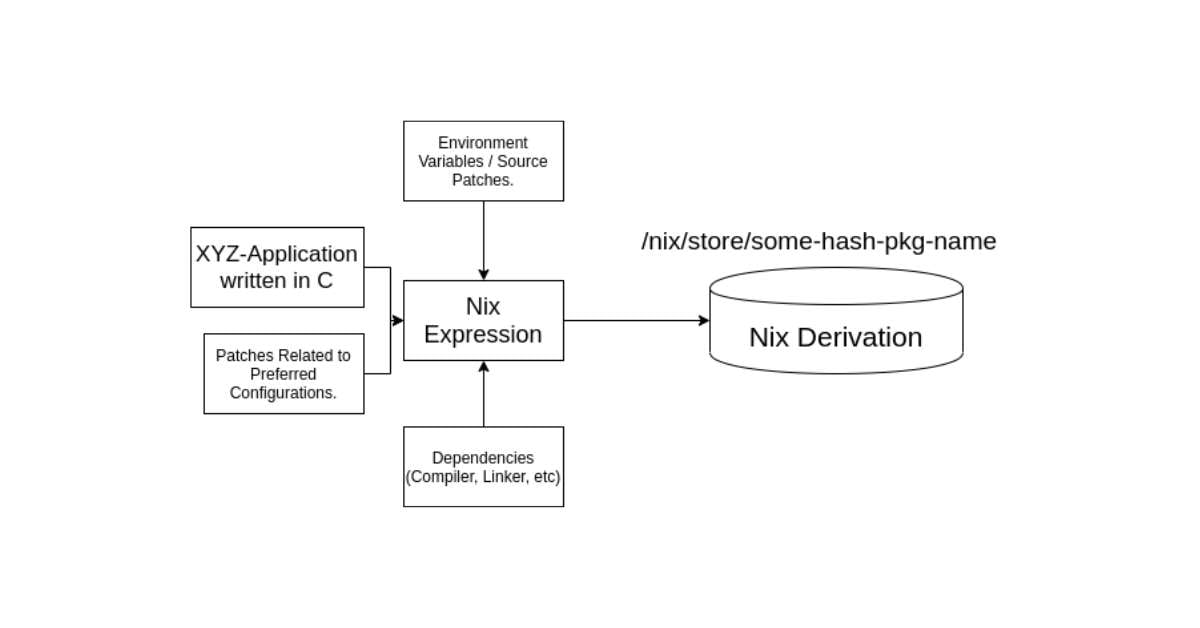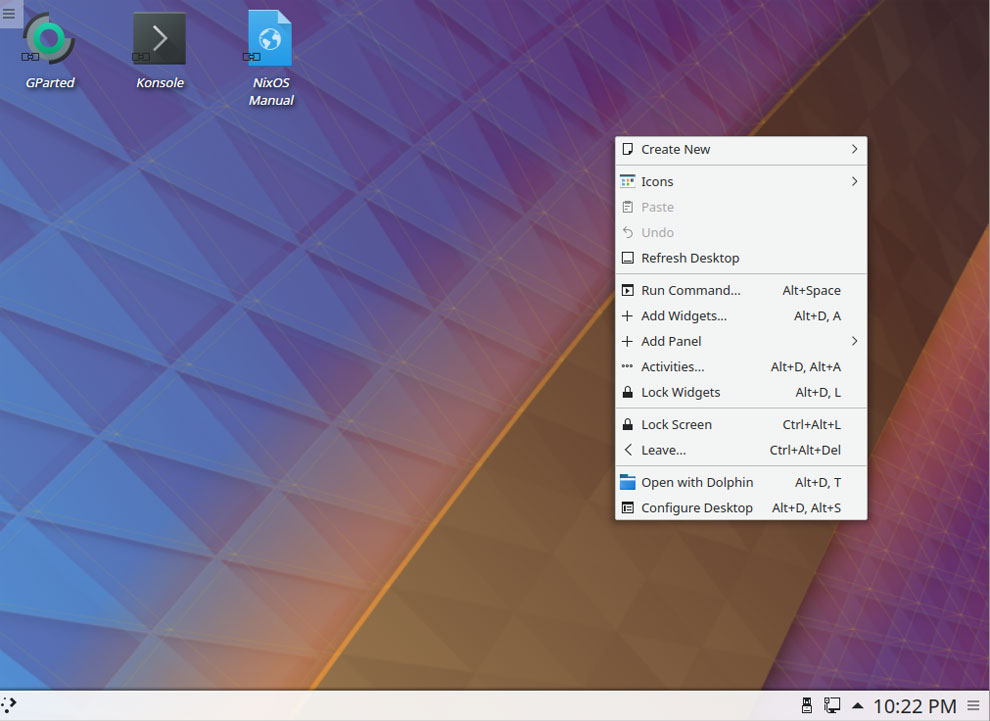Vulnerabilities in CUPS: A Call to Action for Linux Users
The world of Linux has recently been rocked by the revelation of a serious set of security vulnerabilities discovered within the Common Unix Printing System (CUPS). These flaws are not just mere technicalities; they have the potential to allow remote command execution, putting sensitive data at risk and jeopardizing network security.
The Heart of the Flaw
Security researcher Simone Margaritelli highlighted the core issue: an unauthenticated remote attacker can manipulate existing printers’ Internet Printing Protocol (IPP) URLs, leading to arbitrary command execution when a print job is initiated. CUPS, integral to many Unix-like operating systems such as Debian, Fedora, and openSUSE, faces grave consequences from these vulnerabilities, which could give rise to malicious exploits exploiting unsuspecting systems.
“The problem stems from how ‘cups-browsed’ handles new printer announcements, combined with poor validation procedures in CUPS itself,” an analysis from network security firm Ontinue brings to light.
These vulnerabilities include:
- CVE-2024-47176: A critical issue where cups-browsed binds on UDP INADDR_ANY:631, allowing any packet from any source to trigger a Get-Printer-Attributes IPP request from an attacker-controlled URL.
- CVE-2024-47076: A lack of validation in libcupsfilters, leading to potentially harmful attributes being relayed within the CUPS system.
- CVE-2024-47175: Insufficient checks when managing temporary PPD files, paving the path for injection attacks.
- CVE-2024-47177: A dire configuration flaw in cups-filters that permits arbitrary command execution via manipulated PPD parameters.
Security weaknesses in the CUPS system pose significant risks.
The Implications of the Vulnerabilities
When taken as a whole, these vulnerabilities present a frightening landscape for Linux administrators. An attacker could hypothetically create a rogue printing device, which could seamlessly blend into a network, executing malicious commands whenever a print job is sent.
RHEL acknowledged that all versions are affected but mentioned that in their default configurations, they remain safe. Nevertheless, the severity of these vulnerabilities should not be underestimated. The advisory categorized these issues as significant, emphasizing that the potential for exploitation is real, especially where UDP port 631 is left accessible.
Cybersecurity experts warn that while the impact might be low for many users, the threat is heightened for systems openly accessible to the internet. Rapid7 underlines this risk, suggesting that proactive measures must be taken to avoid unwanted breaches.
Industry Reactions and Recommendations
In light of the vulnerabilities, various cybersecurity firms are currently developing patches, expected imminently. Meanwhile, experts recommend that Linux users disable the cups-browsed service if it’s unnecessary and consider blocking or restricting traffic on UDP port 631 to mitigate risks proactively.
Benjamin Harris, CEO of WatchTowr, offers a somewhat reassuring perspective in contrast to earlier sentiments that these vulnerabilities could be catastrophic for all Linux systems. He pointed out that workstation configurations are less likely to be exposed to the web in the same manner as server editions typically would be.
“While the technical seriousness of these vulnerabilities cannot be denied, it’s important to note their contextual application in real-world environments,” Harris stated.
The implications of compromised printing systems extend beyond individual devices.
Open Source and Security: Examining Perspectives
Echoing the conversation surrounding the vulnerabilities in CUPS is a broader discussion about open-source software’s role in advancing security and innovation. Esteemed entrepreneurs Martin Casado and Ion Stoica have underscored the benefits of keeping AI and other tech developments open-source, arguing that this transparency is integral to fostering innovation and ensuring robust safeguards against exploits.
They posit that open-source models, often criticized for potential vulnerabilities, actually empower communities to strengthen security. Their historical perspective argues that the most significant advances in tech and responses to threats stem from open, collaborative efforts.
Emphasizing Innovation Over Restriction
The fear surrounding open-source software as a vulnerability risks overshadowing its potential to drive progress. Indeed, many argue that restricting access to foundational components could stifle growth and weaken defenses against exploitation.
- The path taken by CUPS and similar systems illustrates the crucial balance required between openness and security efficacy. As security threats evolve, the community’s focus should remain on strengthening these systems through transparency and collaborative improvements, rather than imposing limiting controls that could lead to stagnation.
Conclusion: The Importance of Vigilance
In a world increasingly reliant on interconnected systems, the vulnerabilities found in CUPS are a stark reminder of the importance of vigilance around security. With the looming threats from both remote attackers and internal misconfigurations, the need for constant scrutiny and prompt action has never been greater. As the situation unfolds, all eyes will be on the Linux community’s response, not just in patching current faults but in establishing a culture of proactive security that encompasses both open-source and closed-source initiatives.
As we strive for greater innovation, we must also hone our defenses, ensuring the tools we develop serve not only our immediate needs but also the broader landscape of technological security.
Continued vigilance and innovation are key to safeguarding our tech landscape.


 Photo by
Photo by 












